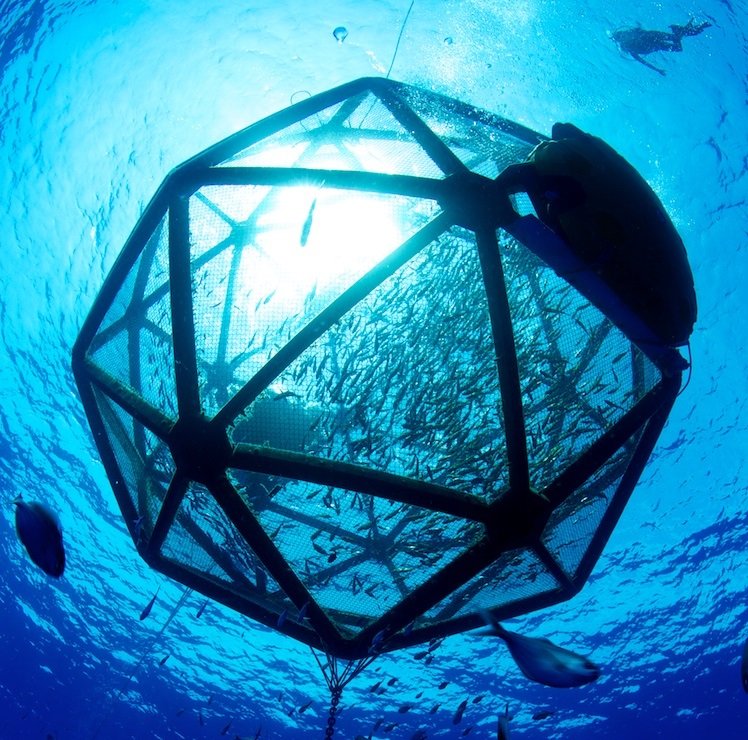
No doubt you already know that aquaculture is the marine equivalent of agriculture. Farming aquatic flora and fauna for human consumption. Mariculture is the same thing, but carried out offshore in the open ocean rather than the artificial pools on land where aquaculture is most commonly performed.
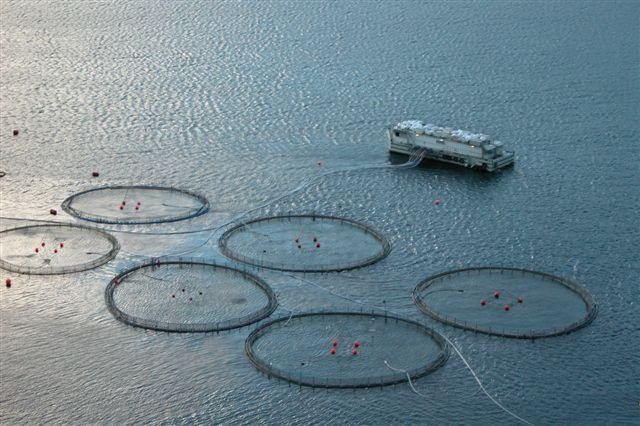
Until recently, that took the form of standard floating pens like those seen above, utilizing only the surface of the water and the portion of the water column immediately beneath it. The same thinking that traditional aquaculture employs, just transported out to sea. However, more innovative companies have been hard at work thinking of how to utilize the ocean in a three dimensional fashion.
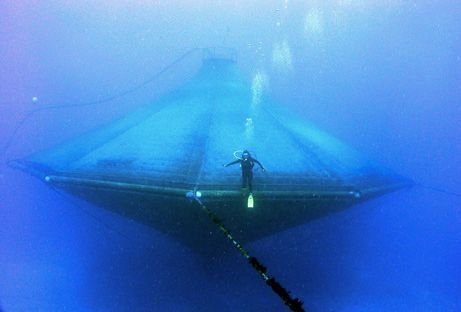
Kampachi Farms, formerly Kona Blue, operates a cutting edge maricultural operation today off the coast of Hawaii. Initially they made use of farming enclosures designed and manufactured by Oceanspar corporation (seen above) before migrating over to their own in-house design, a geodesic sphere they call the aquapod (seen below).
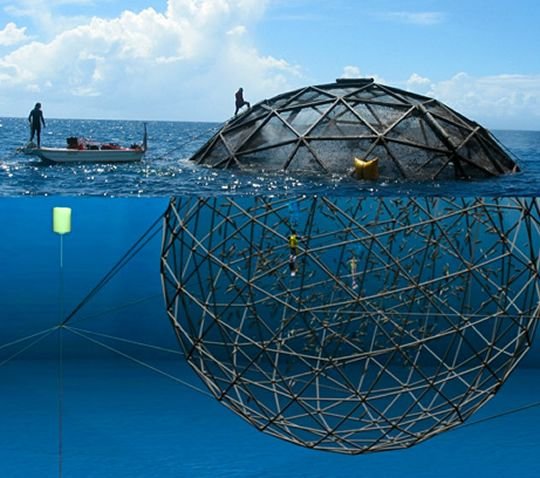
Which design is superior remains to be seen. The aquapod capacity is slightly lower, but they are designed to drift freely. They can in fact be released into prevailing oceanic currents, then picked up elsewhere for harvest. The advantage being that waste is released along the way and has no chance to become concentrated in any particular area.
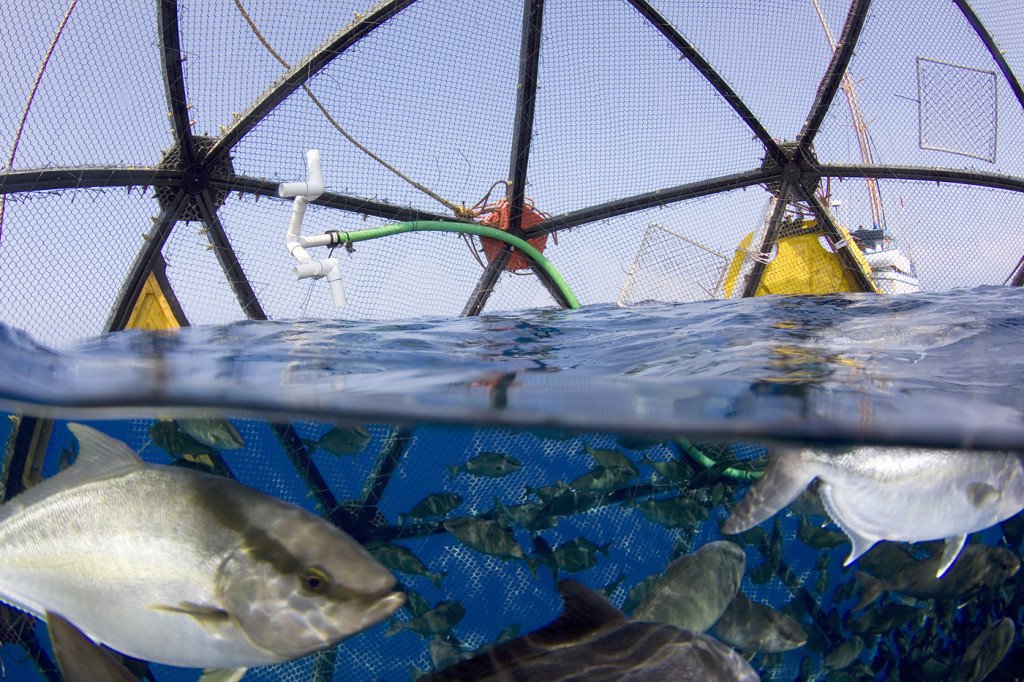
Pods are partially surfaced for harvest, which confines fish to a smaller volume, making them easier to scoop out. The oldest fish are harvested preferentially. The sick are released. Those that recover will add to the local population of that species, making this type of fish farming a net benefit to the environment in at least one way.
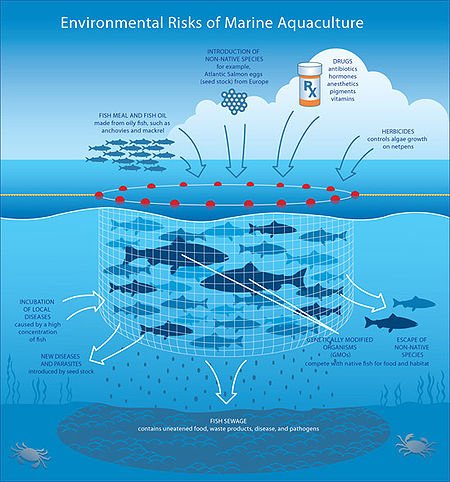
However, there exist legitimate environmental concerns surrounding this practice. Although it's better by far for more of us to eat fish rather than beef, given the atrocious energy and fresh water cost of raising cattle as well as the healthier qualities of fish meat, there are issues relating to the use of antibiotics to prevent disease from spreading between such densely cohabitating fish.
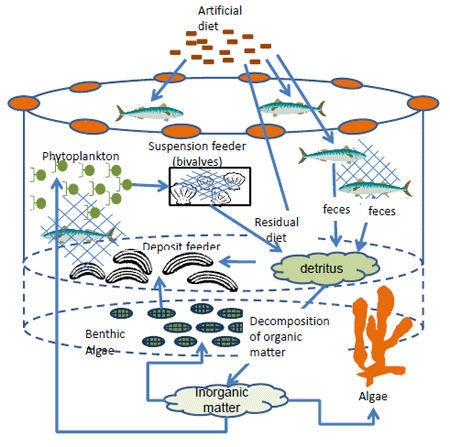
There's also the well founded objection that until very recently, the fish were fed...other fish. Smaller species considered inedible to humans or undesirable for other reasons. This would only deplete those species in order to cultivate the species that we do want to eat. The solution? A semi closed loop wherein the fish poop nourishes algae that grows below the pens, then the algae is processed into food for the fish.
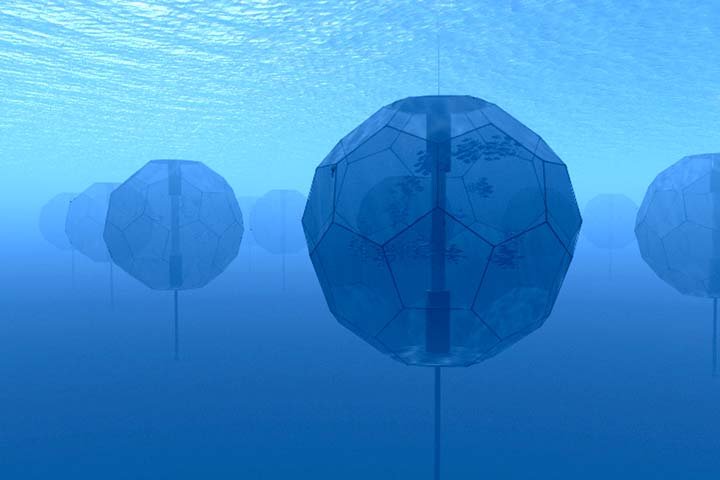
With most of the environmental issues now either sorted or with a solution imminently within reach, there is the problem of scaling up mariculture operations. As it stands, even Kampachi Farms only has a few dozen enclosures to tend to. But as overfishing kills off wild fish populations, we will come to rely more and more on mariculturally raised fish for protein. This will require drastically larger, better organized maricultural setups.
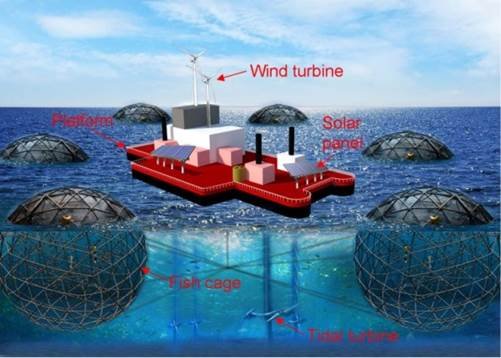
Currently, the few enclosures in any given operation can be maintained, inspected and harvested by a small team of scuba divers delivered to the work site by motor boat every week. But when such operations have hundreds of enclosures, or thousands, that isn't gonna cut it. A permanent manned presence on-site will be needed, as illustrated above.
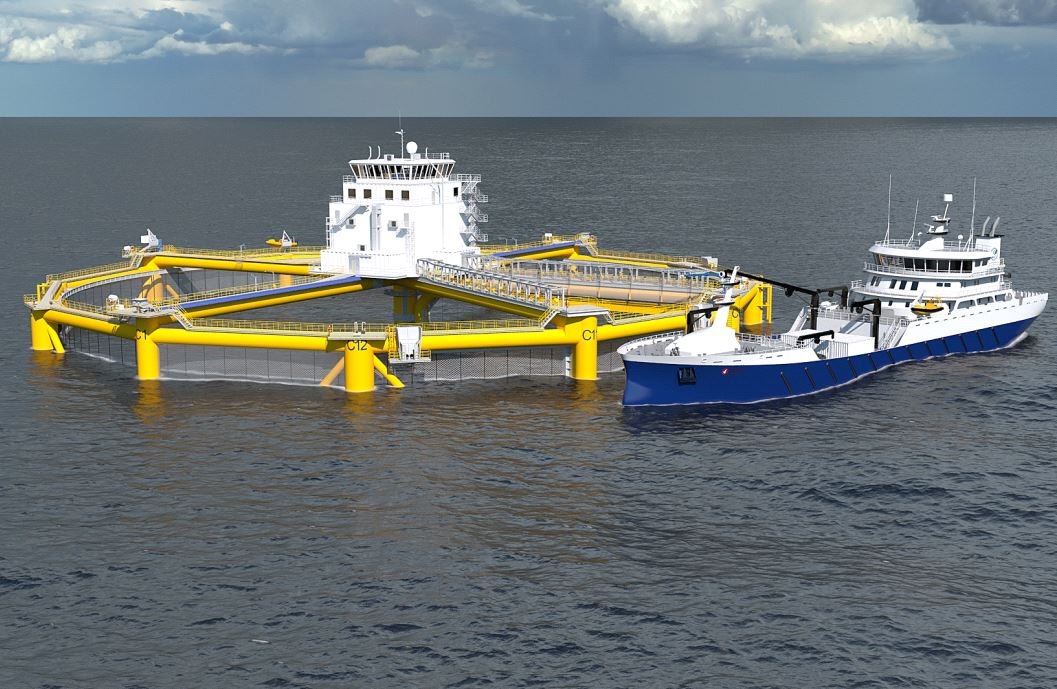
Aptly named Norwegian company Ocean Farming has leapfrogged ahead of competitors with the largest manned maricultural structure yet devised, seen above. I expect this to become the norm, although as vertically stacked enclosures become more widespread to make more efficient use of the plot of ocean they have a license to utilize, it may become economical to consider including saturation diving capabilities.
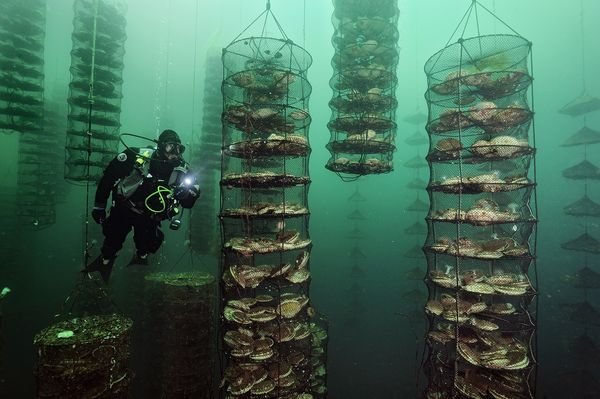
As we extend our farms deeper and deeper into the water column, divers will have less and less time at depth due to the increasingly rapid absorption of nitrogen into their blood and soft tissues. There is an inflection point beyond which it will make sense to start housing divers in an undersea habitat like Aquarius Reef Base, tending to the 'crops' and 'livestock' from below, rather than above.
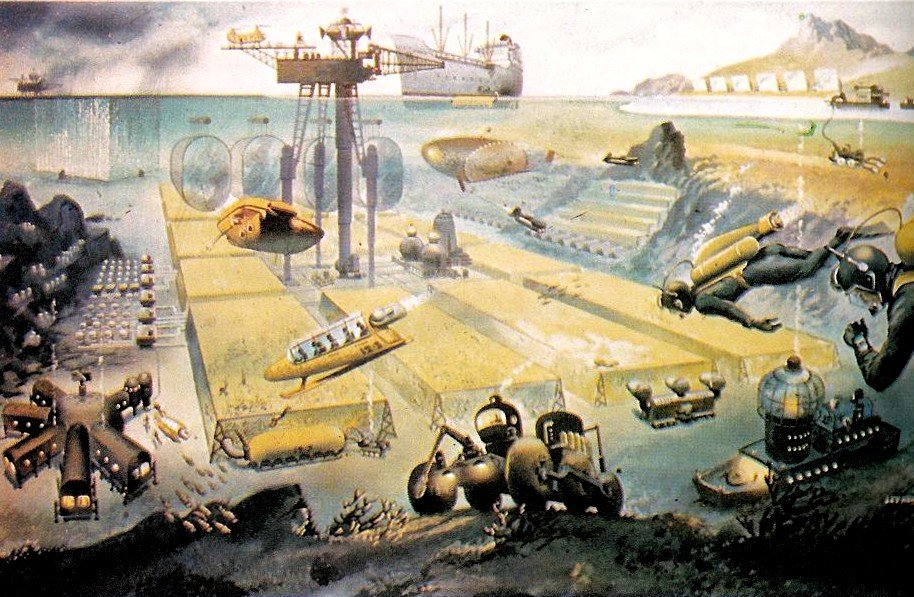
This eventual necessity was predicted as far back as the 1970s. During the heyday of undersea habitat programs it was anticipated that future oceanic farming operations would grow to a scale where saturation diving would become crucial, if the divers who maintain and harvest the enclosures are to have the bottom time they need to do their job.
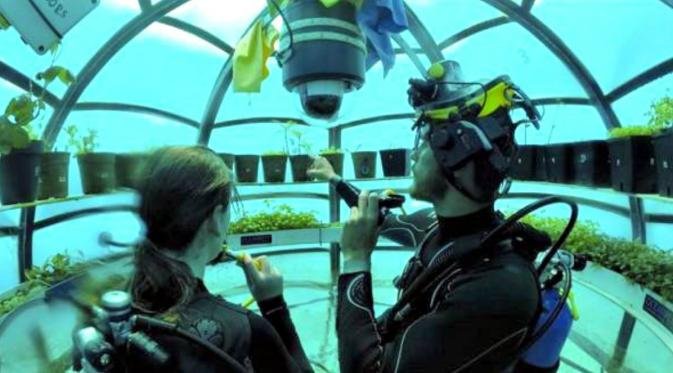
Today, Nemo's Garden gives us a glimpse of the future of undersea cultivation, albeit of terrestrial plants in that case. While the current state of the art for mariculture is the unmanned monitoring buoy or modest floating accommodations for divers, the future will be something like the maricultural equivalent of an oil rig, or a fully submerged seafloor habitat for those who live and work on-site. The farmhouse of the future, if you like.
